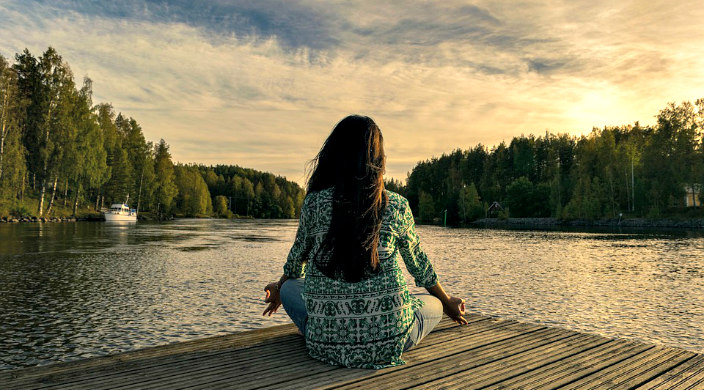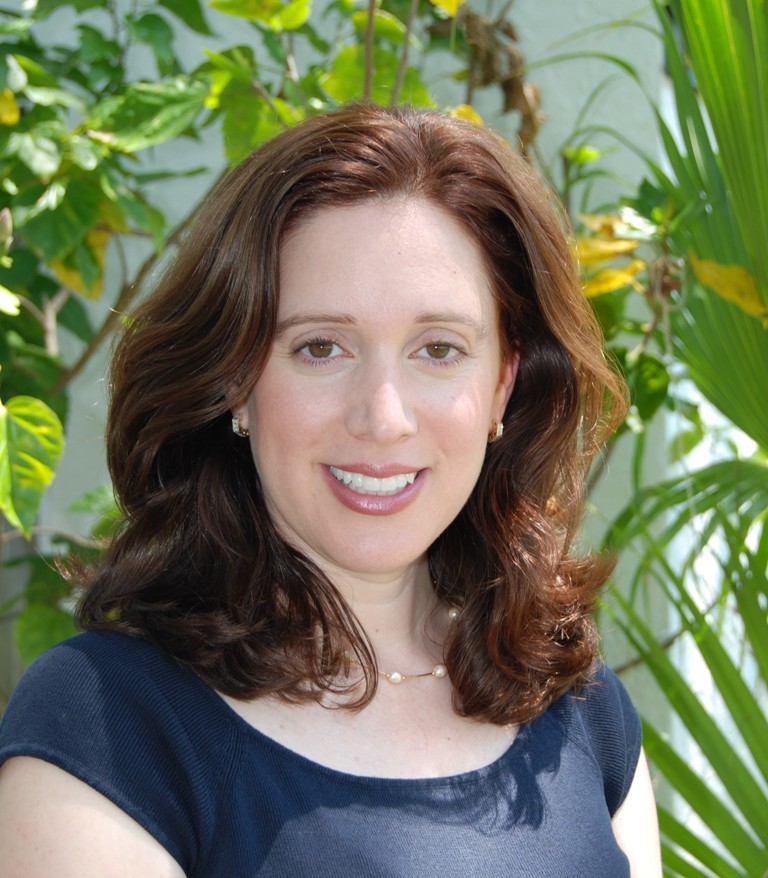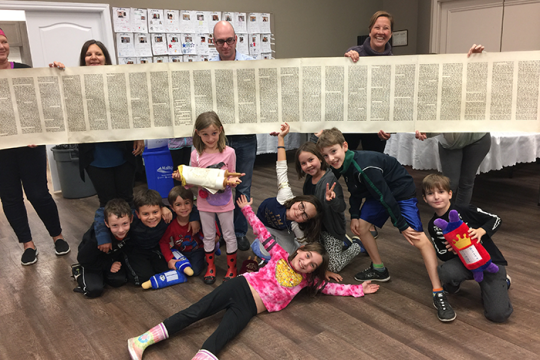
For the last six years, I have led a diverse group of about 25 individuals in a weekly “Lunch and Learn” Torah study session at Temple Ahavat Shalom in Palm Harbor, FL. As we wrestle with the text through the lens of our contemporary lives, some parashiyot (weekly portions) resonate more than others, but we are comfortable enough in our study to question everything – including God – without diminishing our faith. All of us are commentators, and our thoughts, speculations, emotions, and reflections are valid.
The Torah, the centerpiece of our tradition, often is referred to as an etz chayim – a tree of life – which has movement and constantly grows and changes. This image empowers us, too, to reshape and renew our own Jewish rituals and practices.
Not unlike yoga.
In my yoga class, we often work on mastering the common pose vrksasana – tree pose, from the Sanskrit words for tree, vrksa, and pose, asana. This elegant pose, achieved by balancing on one leg with the other bent against it, and with arms raised like branches, helps to calm, as well as to promote balance, focus, and concentration, building inner and outer strength.
It’s an empowering part of my yoga practice to think of myself as a strong tree, growing and changing, deeply rooted thanks to those who came before me, but still vulnerable to inner and outer forces. Unlike other yoga poses, the tree pose requires me to keep my eyes open to maintain balance.
On some days, the tree pose comes easily. I stand up straight, firmly rooted, hands stretched toward the sky, able to change my balance easily from one leg to the other, strengthening myself. Other days, I am “focus challenged” and feel vulnerable and shaky. I can’t concentrate, I fall out of the pose and need to repose. Sometimes I even need to lean against a sturdy wall.
The same is true in Torah study.
Being rooted in Torah strengthens us and reminds us of our rich Jewish heritage. In addition to exploring ideas of traditional thinkers such as Rashi and Rambam, we juxtapose their thoughts with more contemporary commentators – from The Torah: A Women’s Commentary, other versions of our people’s story, and our own thoughts and ideas. As part of our group’s study, participants often share stories of long-ago that have had a profound influence on their lives, helping us all to see new ideas, progress, and possibilities in the ancient text.
Just as my yoga practice presents challenges and opportunities, so does my study of Torah. In both, it’s important to remain open and flexible, listen, learn, grow, and lean on others when we are vulnerable. We don’t need to be able to do each yoga pose perfectly every time. Some days, the pose is shakier and less grounded than on other days – just like our thoughts and belief system about God’s role in the stories within the Torah. It can be enough that the vrksasana pose calms and promotes balance, focus, and concentration, just as our tradition’s etz chayim strengthens and grounds us amidst the chaos in our lives.




